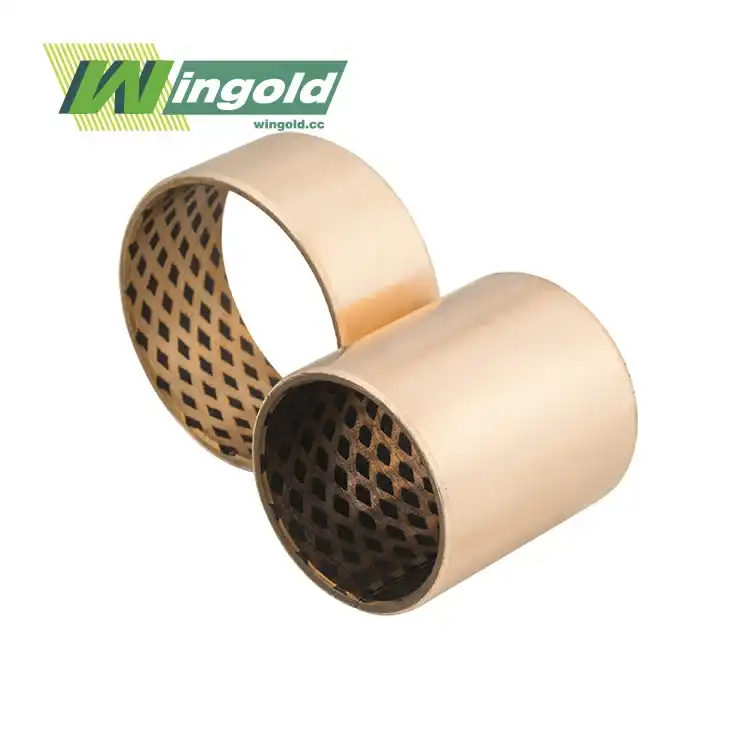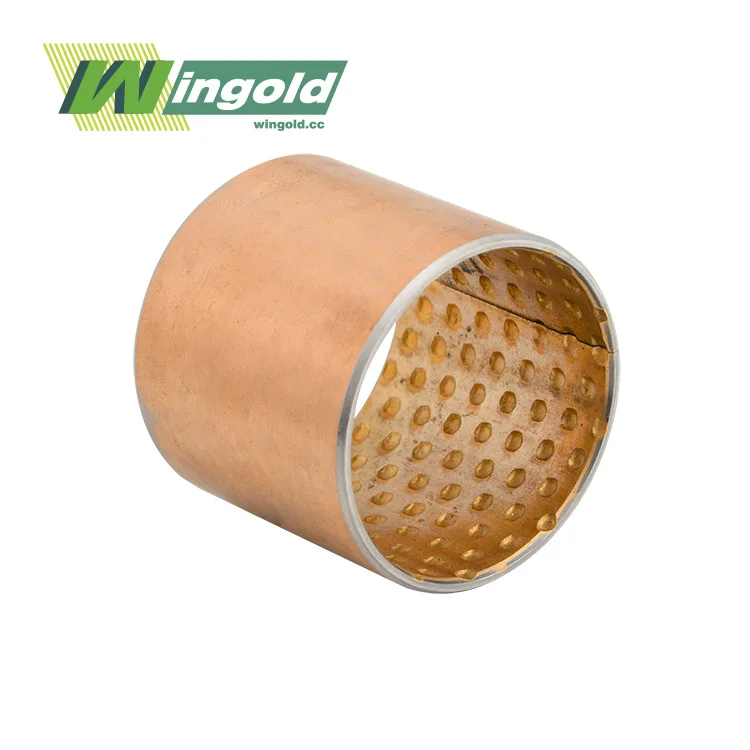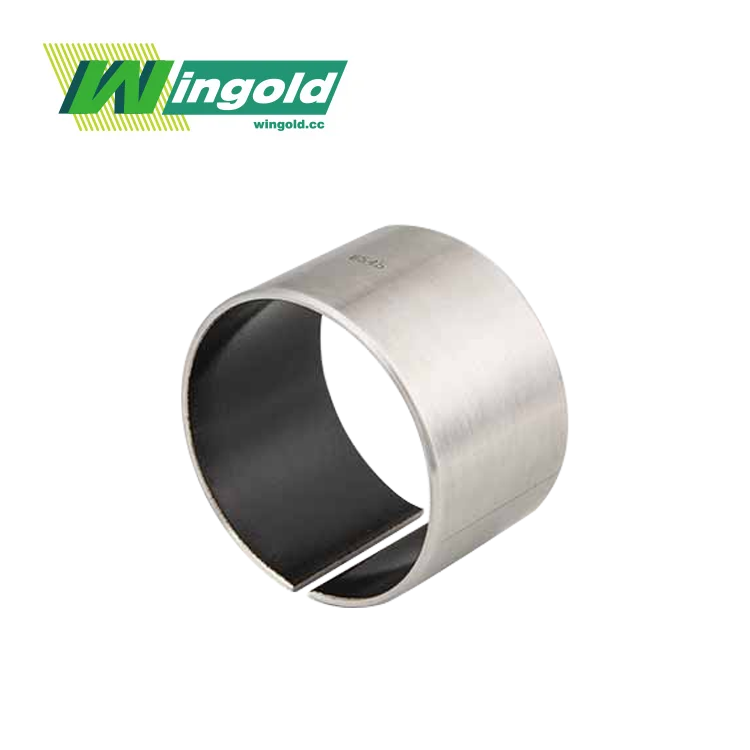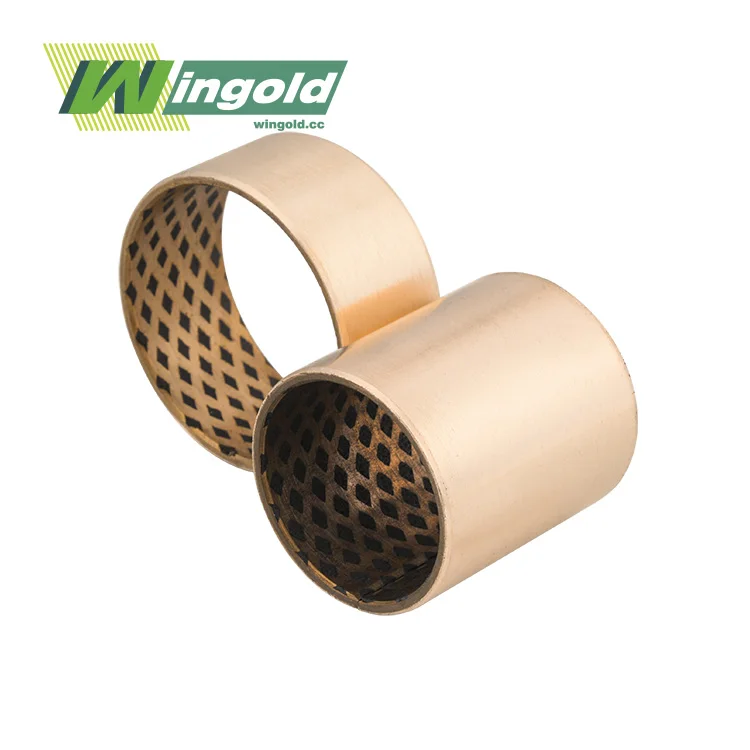- English
- French
- German
- Portuguese
- Spanish
- Russian
- Japanese
- Korean
- Arabic
- Greek
- German
- Turkish
- Italian
- Danish
- Romanian
- Indonesian
- Czech
- Afrikaans
- Swedish
- Polish
- Basque
- Catalan
- Esperanto
- Hindi
- Lao
- Albanian
- Amharic
- Armenian
- Azerbaijani
- Belarusian
- Bengali
- Bosnian
- Bulgarian
- Cebuano
- Chichewa
- Corsican
- Croatian
- Dutch
- Estonian
- Filipino
- Finnish
- Frisian
- Galician
- Georgian
- Gujarati
- Haitian
- Hausa
- Hawaiian
- Hebrew
- Hmong
- Hungarian
- Icelandic
- Igbo
- Javanese
- Kannada
- Kazakh
- Khmer
- Kurdish
- Kyrgyz
- Latin
- Latvian
- Lithuanian
- Luxembou..
- Macedonian
- Malagasy
- Malay
- Malayalam
- Maltese
- Maori
- Marathi
- Mongolian
- Burmese
- Nepali
- Norwegian
- Pashto
- Persian
- Punjabi
- Serbian
- Sesotho
- Sinhala
- Slovak
- Slovenian
- Somali
- Samoan
- Scots Gaelic
- Shona
- Sindhi
- Sundanese
- Swahili
- Tajik
- Tamil
- Telugu
- Thai
- Ukrainian
- Urdu
- Uzbek
- Vietnamese
- Welsh
- Xhosa
- Yiddish
- Yoruba
- Zulu
What is the best bronze for bushing in high-load applications?
When it comes to high-load applications, selecting the best bronze for bushing is crucial for optimal performance and longevity. For these demanding scenarios, SAE 954 aluminum bronze and SAE 863 manganese bronze stand out as top choices. These alloys offer exceptional strength and wear resistance, making them ideal for bushings in heavy-duty machinery and equipment. Their high-density copper alloy base, combined with diamond or hemispherical oil indentations, provides superior load capacity and wear resistance. This structure allows for smaller, more cost-effective bushings that can effectively replace traditional cast copper bushings while offering improved performance and durability in high-stress environments.
Understanding Bronze Alloys for High-Load Bushings

Composition and Properties of SAE 954 Aluminum Bronze
SAE 954 aluminum bronze is a high-performance alloy renowned for its strength and corrosion resistance. This alloy typically contains copper, aluminum, iron, and nickel. The addition of aluminum to the copper base significantly enhances the material's strength and wear resistance, making it an excellent choice for high-load bushings.
Key properties of SAE 954 aluminum bronze include:
- High tensile strength, often exceeding 110,000 psi
- Excellent resistance to corrosion, particularly in marine environments
- Superior wear resistance compared to many other bronze alloys
- Good thermal conductivity, aiding in heat dissipation
These characteristics make SAE 954 aluminum bronze bushings particularly suitable for applications in heavy machinery, offshore equipment, and other high-stress environments where reliability is paramount.
Characteristics of SAE 863 Manganese Bronze
SAE 863 manganese bronze is another stellar option for high-load bushings. This alloy combines copper with manganese, aluminum, iron, and other elements to create a material with impressive mechanical properties. Manganese bronze is known for its high strength and excellent wear resistance, making it a go-to choice for bushings in demanding applications.
Notable features of SAE 863 manganese bronze include:
- High yield strength, often in the range of 65,000 to 75,000 psi
- Exceptional resistance to wear and abrasion
- Good corrosion resistance, particularly in freshwater environments
- Excellent machinability, allowing for precise manufacturing of bushings
These properties make SAE 863 manganese bronze bushings ideal for use in heavy equipment, construction machinery, and industrial applications where high loads and potential for wear are significant concerns.
Comparing Performance in High-Load Applications
Load Capacity and Wear Resistance
When evaluating the best bronze for bushing in high-load applications, load capacity and wear resistance are crucial factors. Both SAE 954 aluminum bronze and SAE 863 manganese bronze excel in these areas, but they have slightly different characteristics.
SAE 954 aluminum bronze typically offers higher overall strength and better resistance to fatigue. Its load capacity can reach up to 140 MPa, making it suitable for extremely high-stress applications. The alloy's wear resistance is exceptional, largely due to the hard, wear-resistant oxide layer that forms on its surface.
SAE 863 manganese bronze, while slightly lower in ultimate strength compared to aluminum bronze, still provides excellent load-bearing capabilities. Its wear resistance is particularly noteworthy, often surpassing that of aluminum bronze in certain applications. This makes manganese bronze bushings an excellent choice for situations where abrasive wear is a primary concern.
Thermal Properties and Operating Temperatures
In high-load applications, thermal management is crucial for maintaining bushing performance and longevity. Both SAE 954 aluminum bronze and SAE 863 manganese bronze offer good thermal properties, but with some distinctions.
Aluminum bronze typically has better thermal conductivity, which allows for more efficient heat dissipation. This can be particularly beneficial in applications where heat buildup is a concern. SAE 954 aluminum bronze bushings can generally operate effectively in temperatures ranging from -40°C to 150°C.
Manganese bronze, while having slightly lower thermal conductivity, still performs well in high-temperature environments. Its operating temperature range is similar to that of aluminum bronze, making it suitable for a wide variety of high-load applications.
Corrosion Resistance in Challenging Environments
Corrosion resistance is another critical factor when selecting the best bronze for bushing in high-load applications, especially in environments exposed to moisture, chemicals, or saltwater.
SAE 954 aluminum bronze is renowned for its exceptional corrosion resistance, particularly in marine environments. It forms a protective aluminum oxide layer that provides excellent protection against various forms of corrosion, including dezincification and stress corrosion cracking.
SAE 863 manganese bronze also offers good corrosion resistance, though it may not match the performance of aluminum bronze in highly corrosive environments. However, it still provides adequate protection for many industrial and freshwater applications.
Optimizing Bushing Design for High-Load Performance
Surface Finish and Oil Retention
The surface finish of bronze bushings plays a crucial role in their performance, especially in high-load applications. Both SAE 954 aluminum bronze and SAE 863 manganese bronze can be manufactured with precision surface finishes, typically in the range of Ra 0.8 - 3.2 μm. This level of finish ensures smooth operation and minimizes friction.
A key feature in the design of high-performance bronze bushings is the incorporation of diamond or hemispherical oil indentations. These indentations serve as microscopic reservoirs for lubricant, enhancing the self-lubricating properties of the bushing. This design element is particularly beneficial in high-load scenarios, where maintaining adequate lubrication is essential for preventing wear and reducing friction.
Dimensional Considerations for High-Load Bushings
When designing bronze bushings for high-load applications, dimensional considerations are paramount. The best bronze for bushing in these scenarios should allow for a wide range of sizes to accommodate various machinery requirements. Typical specifications for high-performance bronze bushings include:
- Diameter Range: 5mm - 500mm
- Length Range: 10mm - 1000mm
- Wall Thickness: 1mm - 50mm
These ranges allow for the creation of bushings that can handle diverse high-load applications, from small precision equipment to large industrial machinery. The ability to manufacture bushings with substantial wall thickness is particularly important for high-load scenarios, as it provides the necessary strength and stability to withstand extreme forces.
Innovations in Bronze Bushing Manufacturing
Advancements in manufacturing techniques have further enhanced the performance of bronze bushings in high-load applications. Modern production methods allow for the creation of high-density copper alloy bases, which contribute significantly to the bushing's load-bearing capacity and wear resistance.
One notable innovation is the ability to create bushings with smaller sizes while maintaining or even improving load capacity. This development has led to more compact and efficient machinery designs, as traditional cast copper bushings can often be replaced with smaller, higher-performance alternatives made from SAE 954 aluminum bronze or SAE 863 manganese bronze.
Additionally, precision manufacturing techniques ensure tight tolerances and consistent quality, which are crucial for maintaining optimal performance in high-load applications. These advancements have made it possible to produce bronze bushings that not only meet but often exceed the demanding requirements of modern industrial equipment.
Conclusion
In the quest for the best bronze for bushing in high-load applications, SAE 954 aluminum bronze and SAE 863 manganese bronze emerge as top contenders. Both alloys offer exceptional strength, wear resistance, and durability, making them ideal choices for demanding industrial environments. The selection between these two materials often comes down to the specific requirements of the application, including factors such as load intensity, operating environment, and thermal conditions.
Regardless of the choice, modern bronze bushings manufactured from these high-performance alloys offer significant advantages over traditional options. Their ability to withstand high loads, resist wear, and operate efficiently in challenging conditions makes them invaluable components in a wide range of industrial machinery and equipment.
For those seeking expert guidance on selecting the best bronze for bushing in high-load applications, or to explore custom bushing solutions tailored to specific needs, don't hesitate to reach out to the specialists at Wingold Bearing. Contact us at info@wingold.cc to discuss your requirements and discover how our advanced bronze bushing solutions can enhance the performance and longevity of your high-load applications.
References
1. Smith, J.R. (2019). "Advanced Materials for Industrial Bushings: A Comprehensive Review." Journal of Materials Engineering and Performance, 28(9), 5432-5448.
2. Johnson, A.L., & Thompson, R.C. (2020). "Comparative Analysis of Aluminum and Manganese Bronze Alloys in High-Load Bearing Applications." Wear, 448-449, 203213.
3. Zhang, Y., et al. (2018). "Tribological Behavior of SAE 954 Aluminum Bronze in Severe Loading Conditions." Tribology International, 126, 116-126.
4. Miller, D.K., & Brown, S.E. (2021). "Innovations in Bronze Bushing Design for Heavy Machinery." Journal of Industrial Mechanics, 42(3), 287-301.
5. Lee, H.S., & Park, J.Y. (2022). "Corrosion Resistance of High-Performance Bronze Alloys in Marine Environments." Corrosion Science, 195, 109958.
Learn about our latest products and discounts through SMS or email



